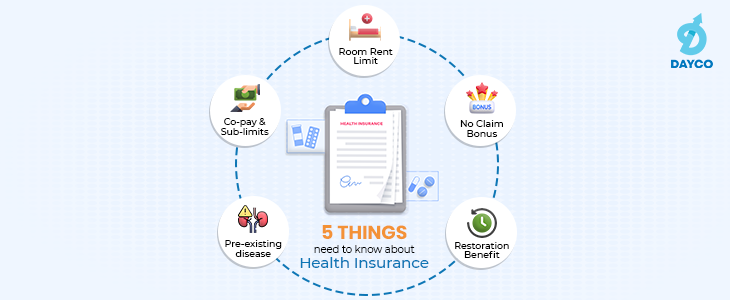It’s highly unlikely that you haven’t heard the term ‘bond’ if you are an active investor. Bonds are investment vehicles that come under the fixed income asset class universe. The Indian bond market is much bigger than the ubiquitous equity markets. In today’s blog, we’ll discuss the basics of bonds, types and how you can invest in them.
What is a Bond?
Bonds are similar to loans. You pay the borrower a fixed sum of money, and they promise to pay you back. That’s at the crux of bonds. Bonds are issued by the Government or corporates when they are in need of capital. Some of the common types of bonds issued in India are – Government bonds, Municipal bonds, and Corporate bonds.
Regular bonds carry a fixed coupon rate, coupon payment schedule, and maturity date, which are decided at the time of issue. Let’s understand some of the common terms concerning the bond market:
Face Value: Also known as the par value of the bond. The coupon payments are based on this, and it is the amount your bond will be worth on maturity and the amount that you’ll be paid back.
Market price: Most bonds are traded in the market. The price at which the bond is trading in the market is called the bond’s market price. A bond is said to be trading at a premium when the market price of the bond is higher than the face value of the bond (which happens when market interest rates are lower than the bond’s coupon rate) and at a discount when the market price is lower than the face value. The bond trades at a discount if market interest rates are higher than the bond’s coupon rate.
Coupon: This is a predetermined interest rate paid to the investor for lending their money. It is expressed as a % of the bond’s face value. For instance, a 10%, 1000 face value bond pays a coupon of ₹ 100 to the investors. The coupon payments can be made quarterly, annually, semi-annually, and yearly.
Maturity: This is the term for which the bond has been issued. The bond’s maturity date is the date on which the bond’s issuer pays back the bond’s face value.
Yield: This is the rate of return on the bond. While the coupon is fixed, yield is variable and depends on a bond’s price in the secondary market and other factors. Current yield and yield to maturity (YTM) are the most common yield measures to determine bond yields.
Credit Rating: Bonds carry credit risk, which is the risk of the borrower defaulting on the coupon and principal repayment. There are different rating agencies that assign ratings to bonds and bond issuers based on their creditworthiness. Bonds with a high rating are investment-grade bonds, while bonds with lower ratings are junk or high yield bonds. Bonds issued by the governments are of the highest credit quality.
Common Types of Bonds:
Fixed-rate bonds: These are plain vanilla bonds whose coupon rate remains constant through the bond’s tenure.
Floating rate bond: Bonds whose coupon rate varies during the bond’s tenure.
Zero-coupon bond: As the name suggests, these bonds do not carry a coupon rate. These bonds are issued at a discount, and the investor is paid back the face value on maturity.
Convertible bond: Convertible bonds allow the investor to convert their bonds into equity shares during the bond’s tenure.
Risk & Return in Bonds
The rate of return earned from bonds is commonly called yields. There are different bond yields, the most common being current yield and yield to maturity (YTM). The yield is the return one can expect from their investment made in bonds.
The current yield is calculated by dividing the annual coupon amount by the bond’s current price. When you buy a bond at its face value, the yield equals the coupon rate. On the other hand, YTM signifies the total amount of return generated by a bond based on its par value, purchase price, duration, coupon rate, and reinvestment of coupons if you were to hold the bonds till maturity.
The two significant risks for a bond investor are– interest rate and credit risk. As discussed above, credit risk is the default risk of the bond issuer. If credit ratings are downgraded by rating agencies, the price of the bond is negatively affected. The opposite is true when the credit ratings improve.
Similarly, interest rate risk is a bond’s sensitivity to market interest rates. The bond price and interest rates are inversely proportional. A rise in market interest rates leads to a fall in bond prices, and a fall in interest rates can raise bond prices. For a long-term bond investor, the interest rate risk is even higher. Hence, investors should ideally match their investment tenure with the bond’s tenure to nullify interest rate risk.
How to invest in bonds?
The most common way you can invest in bonds is through brokers. You can also participate in the bond market through direct retail platforms. Platforms like RBI’s Retail Direct, NSE goBID, and BSE Direct are some of the direct ways of investing in government bonds. Mutual funds and ETFs are also effective ways for novice investors to invest in the bond market.
If you have a question, share it in the comments below or DM us or call us – +91 9051052222. We’ll be happy to answer it.
– Nischay Avichal
















